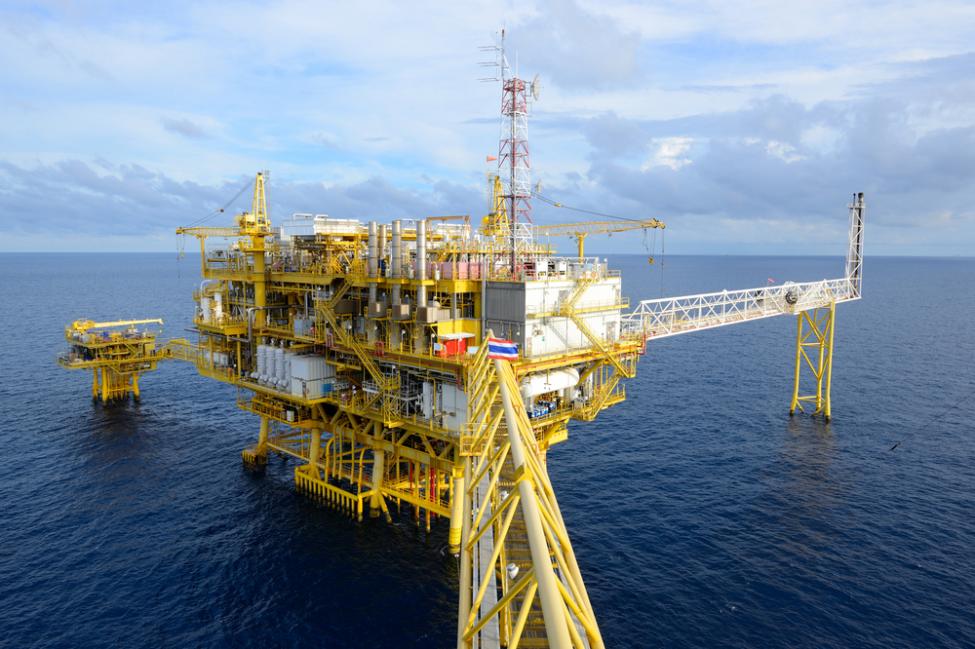A large part of the United States’ energy comes from oil and natural gas pumped out of the ocean floor. Nearly all extraction currently takes place in the central and western Gulf of Mexico, where thousands of platforms operate in waters up to 6,000 feet deep.

Researchers from the University of Michigan decided to sample the air over the offshore oil and gas platforms to look at their environmental impact, discovering that the platforms are actually emitting twice as much methane, a powerful greenhouse gas, than previously thought.
The study found that oil and gas facilities in the Gulf of Mexico emit approximately half a teragram of methane each year, comparable with large emitting oil and gas basins. The effective loss rate of the produced gas is roughly 2.9%, similar to large onshore basins primarily focused on oil.
Offshore harvesting accounts for roughly one-third of the oil and gas produced worldwide, and these facilities both vent and leak methane. Until now, only a handful of measurements of offshore platforms have been made, and no aircraft studies of methane emissions in normal operation had been conducted.
Each year the Environmental Protection Agency (EPA) issues its U.S. Greenhouse Gas Inventory, but its numbers for offshore emissions are not produced via direct sampling. The research from the University of Michigan identified a set of reasons behind the discrepancy between their findings and the ones by the EPA.
There are errors in the platform counts done by the EPA, the researches claimed, having found 1.300 offshore facilities not incorporated in the inventory. At the same time, emissions from shallow-water facilities, especially those focused on natural gas, are higher than inventoried. Eric Kort, a University of Michigan associate professor of climate and space sciences and engineering, said EPA officials are already making adjustments to correct their count of offshore platforms operating in the Gulf of Mexico. But emissions estimates, particularly for shallow waters, still need adjustments.
“We have known onshore oil and gas production often emits more methane than inventoried. With this study we show that this is also the case for offshore production, and that these discrepancies are large,” Kort said. “By starting to identify and quantify the problem, with a particular focus on larger shallow water facilities, we can work towards finding optimal mitigation solutions.”
The researchers took their samples in 2018 using a small research plane with enough room for a pilot and passenger and scientific gear. Tubes along the wings of the plane drew in the air that was pumped to the equipment for analysis of the amount of methane included as well as wind speed.
In addition to 12 individual facilities, the flights also covered larger geographical areas. Flying downwind from clusters of 5 to 70 oil and gas facilities, and taking similar measurements, researchers could evaluate how well inventory estimates compare with large numbers of platforms.
As a pilot study, Kort said the research is promising but has gaps. Greater statistical sampling and identification of the cause of high emissions can guide mitigation and improve reported emissions. To further the work and fill in these gaps, new aerial sampling is in the works. The project, titled Flaring and Fossil Fuels: Uncovering Emissions & Losses (FUEL), will require more flights later over the next three years.
The study was published in the journal Environmental Science and Technology.






